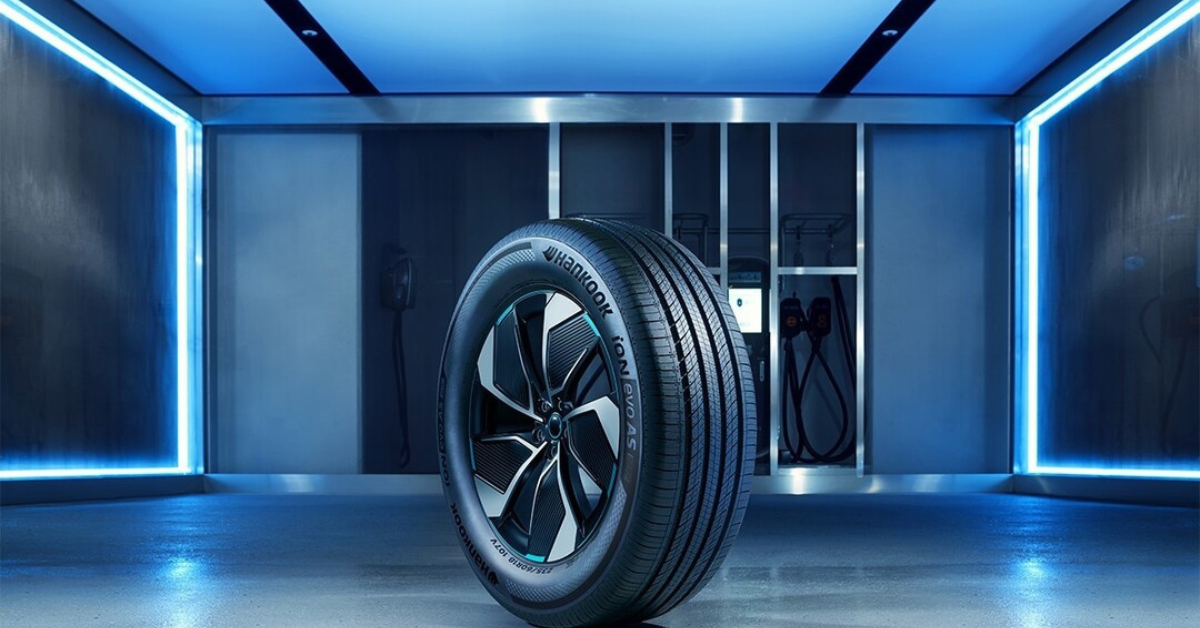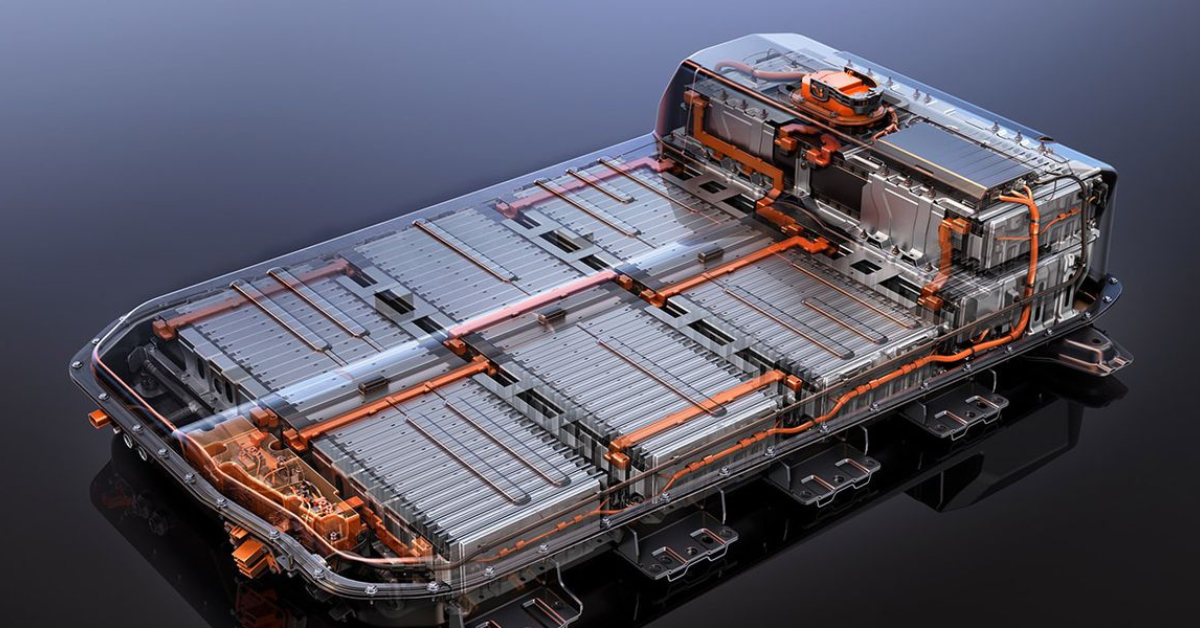Is all that glitters gold? EVs as the new dimension of automotive.
Electric vehicles are the new dimension of automotive. The whole world sees battery-powered electric vehicles (BEVs) as the solution to the abatement of pollution caused by emissions due to internal combustion engine cars. Batteries in place of the tanks are designed to accommodate petrol and diesel. Charging points that replace petrol pumps. Farewell to the gearbox, clutch, sensors and fuel filters, filter and pump oil, radiators, and so forth. Welcome to tax benefits and purchase incentives to help people to buy electric and hybrid cars. But is it really like that? There are still many questions open.
If on the one hand, the electrical breakthrough in the automotive sector is now a reality, if the electric car cuts down harmful emissions because it does not release any toxic substance, thus promising to reduce CO2 by 37% by 2030 respecting the current trend in terms of diffusion, it is equally true that there are still some things to clarify and many obstacles to overcome.
Well-to-wheel
First of all, the use of electric cars is to be considered truly green only if the manufacturing and disposal processes are also sustainable (well-to-wheel analysis). With a Life Cycle Assessment – LCA – we normally intend a more complete evaluation of the emissions associated not only with the use of the vehicle but also with its manufacturing process and the so-called ‘end of life’ (vehicle dismantling and material recycling). In other words: LCA is a technique that provides an emissions estimation over the entire lifetime of a vehicle. Are the factories involved in the supply chain of an electric vehicle - the manufacturer of the vehicle itself, its components, batteries, and their disposal - strictly green? Do they have zero impact on the environment? Are they powered by photovoltaic or wind power plants, that is, by renewable energy? These are questions that await clear and affirmative answers.
Europe, US, and China: different markets for different offers
As for the European and US market, compared to that of China, there is still much to be done to reduce the cost of electric cars. We are in the order of -50% for the purchase of a mid-range car in China compared to what is required in Europe and the USA, even though batteries, a fundamental component in a Bev, are now costing less.
| 2015 | 2022 |
Difference % 2015-2022 |
Difference % in price petrol vehicle vs. EV |
|
| Europe | 49,000.00 € | 56,000.00 € | +14% | +27% |
| USA | 53,000.00 € | 64,000.00 € | +20% | +43% |
| China | 67,000.00 € | 32,000.00 € | -52% | -33% |
Hence the need for a structural and ongoing plan linked to purchase incentives and tax reliefs.
Charging points need a boost
Another point on which we need to improve concerns the capillarity of the normal charging / fast charging points, especially on the motorway.
“ Not only is there an insufficient number of electric charging points along the road networks in most EU countries, but the vast majority of these do not charge quickly enough, according to the European Automobile Manufacturers’ Association (ACEA).”
In Europe, at the end of 2021, there were an estimated 340,000 public access charging points, of which 88% "normal charge" and 12% "fast charge", with a particularly uneven diffusion from country to country which emerges above all in relation to motorway charge, very important as an enabler of long-distance travel. Consolidated markets include the Netherlands, Germany, and Denmark.
Worldwide, at the end of 2021, more than 1,700,000 were estimated (+ 35% compared to 2020), of which 469,000 were new installations (compared to 445,000 in 2020). Just over 67% were of the "normal charge" type (about 1.2 million), up by more than 31% compared to 2020, while the remaining 569 thousand were of the "fast charge" type (+ 48% compared to 2020). China is confirmed as a world leader: 82% are of the "fast charge" type (+ 2% year on year) and 56% "normal charge" (+ 4%).
The benefits of electric vehicles
A cleaner environment, no congestion charge, lower running costs, renewable electricity tariffs, and free parking, are just some of the benefits of electric vehicles. Moreover, electric vehicles have greater reliability than motor vehicles, having fewer mechanical parts than those in ICVs. Some studies indicate that EV repair costs are 22% lower, resulting in less expensive maintenance: the average expense for this activity in the first three years is $ 77, significantly lower than the average of $ 228 for petrol vehicles.
Finally, the car market is undoubtedly oriented towards the mass diffusion of electric vehicles, even if, the difficulties mentioned must be faced. Another issue, however, that we will have to face, is the invasion of electric vehicles from China into Europe. An expected exponential growth, as mentioned several times, is mainly linked to the choice of the European Community to ban internal combustion engines starting in 2035.
Share your remanufacturing stories with us
Do you have an innovation, research results or an other interesting topic you would like to share with the remanufacturing industry? The Rematec website and social media channels are a great platform to showcase your stories!
Please contact our Brand Marketing Manager.
Are you an Rematec exhibitor?
Make sure you add your latest press releases to your Company Profile in the Exhibitor Portal for free exposure.



